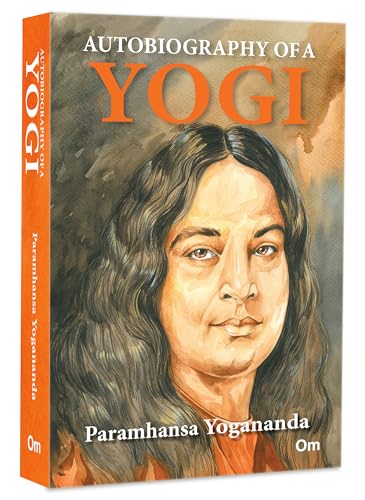


Rejection letters prompted a series of rewrites, with the author in California exchanging drafts by mail with Pratt, who had been dispatched to New York to oversee publication. He worked through numerous drafts, helped by his disciple and principal editor Laurie Pratt. Of the many projects he worked on, the one he felt would assure the long-term success of his mission was the autobiography. In the more serene settings, Yogananda kept stenographers, typists, and editors busy day and night, working with his prodigious outpouring of handwritten and spoken words. Then he decided it was time to stay put and focus on his written legacy.Ī former resort hotel on a Los Angeles hilltop had become his home and international headquarters, and SRF had acquired additional properties in the city, in the desert east of L.A., and in the seaside town of Encinitas north of San Diego. Yogananda had spent the better part of the 1920s and 1930s crisscrossing America by rail, delivering countless lectures, teaching yogic techniques to thousands of students, establishing a monastic order, and building the organization he founded, Self-Realization Fellowship (SRF), into a viable institution with centers in most major cities. The seminal text was the crowning achievement of an intense writing period. In my experience, the book has two kinds of fans: those for whom the extraordinary feats and supernormal powers are the main attraction and those who dismiss the astounding tales as fiction but love the book anyway. Why did Yogananda devote so much space to material he must have known would be greeted with skepticism? Perhaps he told us why by including this biblical passage on the title page: “Except ye see signs and wonders, ye will not believe” (John 4:48 KJV).

Consider some of the chapter titles: “The Levitating Saint,” “My Guru Appears Simultaneously in Calcutta and Serampore,” “Rama is Raised from the Dead,” “Materializing a Palace in the Himalayas,” “The Resurrection of Sri Yukteswar,” and an attempt to explain such wonders in rational, scientific terms, “The Law of Miracles.” She counted 132, covering 44 percent of the book. When I was working on my Yogananda biography, I had a graduate student quantify the miraculous occurrences in the AY. It lures readers out of their comfort zones and, in many cases, transforms their view of the world.Īnd, oh yes, it offers vivid details of miracles and wonders. It demystifies Indian philosophy for the secular, the scientific, and the spiritual alike. It paints vivid portraits of gurus, saints, and exceptional human beings like Mahatma Gandhi and the revered author and educator Rabindranath Tagore. It offers an intimate view of Indian life at an earlier time.

Yet the non-biographical content helps explain why the book is so beloved around the world.


 0 kommentar(er)
0 kommentar(er)
